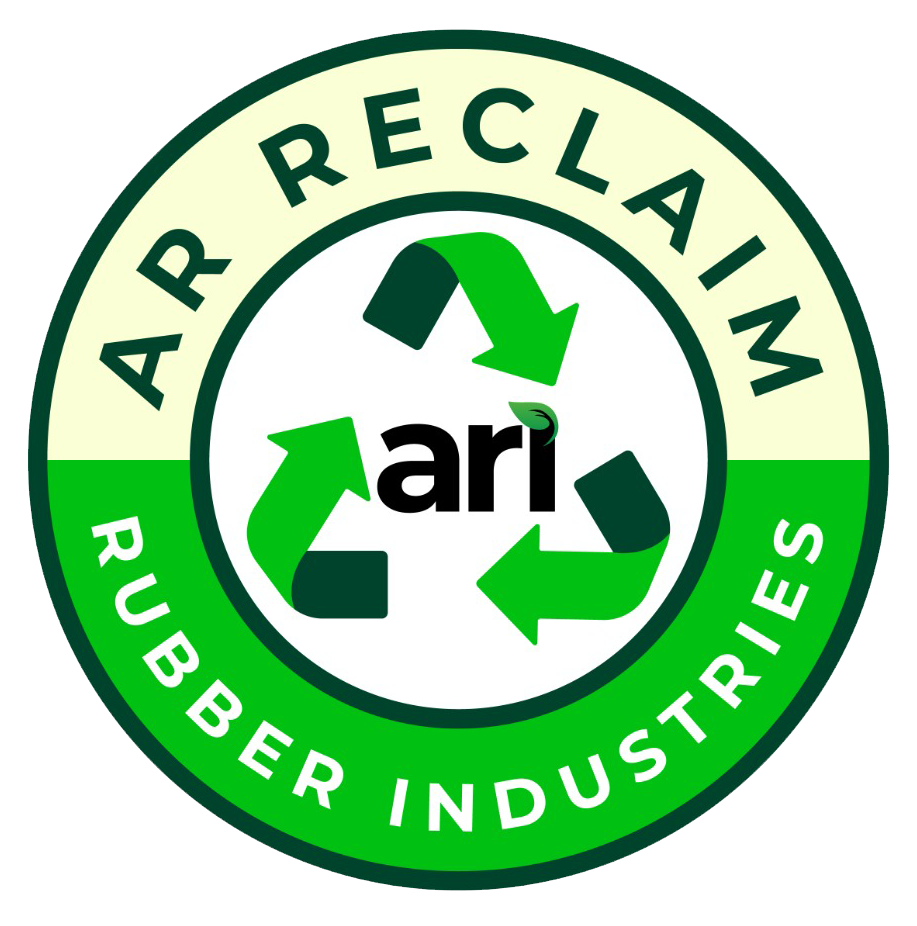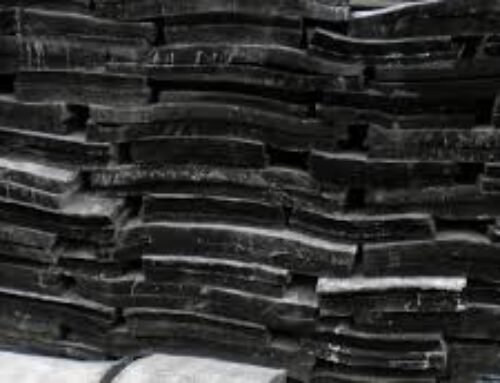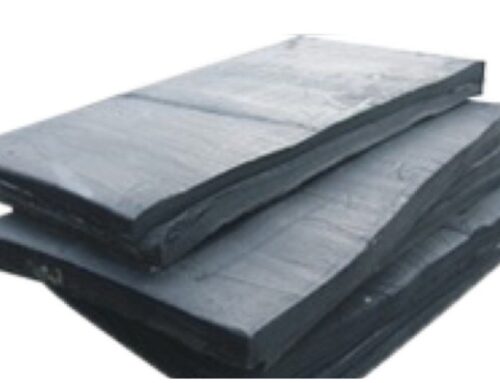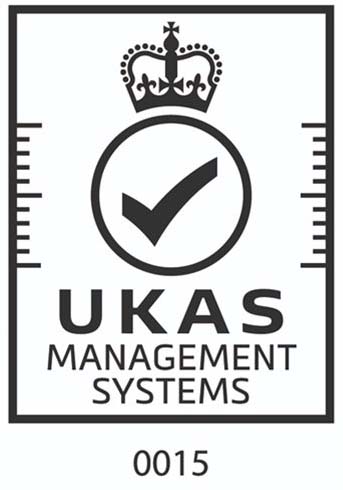The world is at a crossroads when it comes to sustainability. As industries scramble for eco-friendly alternatives, one material is making waves: natural reclaimed rubber. But could this be the game-changer we’ve been waiting for? Imagine giving old, discarded rubber a new life instead of letting it clog landfills—sounds like a win-win, right?
In this article, we’ll explore what natural reclaimed rubber is, why it matters, and how it could shape the future of sustainable products.
What Is Natural Reclaimed Rubber?
Natural reclaimed rubber is recycled rubber that has been processed to restore its flexibility, elasticity, and usability. It’s made by breaking down used rubber products—like old tires and industrial waste—into a reusable form. The result? A high-quality material that retains many of the original properties of virgin rubber but comes with a significantly lower environmental footprint.
Why Does Reclaimed Rubber Matter?
Rubber waste is a growing problem. Every year, millions of tons of rubber products are discarded, with a large percentage ending up in landfills or incinerators. This contributes to pollution, greenhouse gas emissions, and resource depletion. By reclaiming rubber, we can:
-
Reduce Waste: Less rubber in landfills means less environmental damage.
-
Lower Carbon Footprint: Manufacturing reclaimed rubber uses significantly less energy than producing virgin rubber.
-
Preserve Natural Resources: Reclaiming rubber reduces the need for deforestation to harvest natural rubber.
How Is Natural Reclaimed Rubber Made?
The process of reclaiming rubber involves several steps:
-
Collection: Used rubber products are gathered from various sources, including old tires, industrial scraps, and discarded rubber goods.
-
Grinding: The rubber is shredded into smaller pieces to make processing easier.
-
Devulcanization: The rubber undergoes chemical or mechanical treatment to break down its tough molecular structure, restoring flexibility.
-
Refinement: The material is purified, removing contaminants and preparing it for reuse.
-
Final Processing: The reclaimed rubber is reformed into sheets, pellets, or other usable forms for manufacturing.
Applications of Natural Reclaimed Rubber
Reclaimed rubber isn’t just an environmental solution—it’s a practical material used across industries.
1. Automotive Industry
Car manufacturers are using reclaimed rubber in tires, gaskets, and seals to reduce costs and environmental impact.
2. Footwear and Fashion
Sustainable shoe brands are incorporating reclaimed rubber into soles and accessories, creating eco-friendly fashion without compromising durability.
3. Construction and Infrastructure
From rubberized asphalt for roads to waterproofing materials, reclaimed rubber plays a key role in building sustainable cities.
4. Consumer Goods
Think yoga mats, phone cases, and even eco-friendly toys—reclaimed rubber is making its way into everyday products.
The Environmental Benefits of Reclaimed Rubber
The shift towards reclaimed rubber isn’t just about recycling—it’s about creating a circular economy where materials are continuously reused. Here’s why it’s a big deal:
-
Cuts Down Deforestation: Natural rubber plantations contribute to deforestation. Reclaimed rubber reduces the demand for fresh rubber, helping preserve forests.
-
Reduces Greenhouse Gas Emissions: The production of reclaimed rubber emits significantly less CO₂ than virgin rubber manufacturing.
-
Decreases Water and Energy Consumption: Processing reclaimed rubber requires 50-70% less energy compared to new rubber production.
Challenges in Adopting Reclaimed Rubber
While reclaimed rubber has massive potential, there are some roadblocks:
-
Quality Concerns: Some manufacturers hesitate to use reclaimed rubber due to potential variations in strength and elasticity.
-
Processing Costs: Though more sustainable, reclaiming rubber still requires investment in proper technology.
-
Consumer Perception: Many people associate recycled materials with lower quality, though advancements in technology are changing this mindset.
Future Innovations in Reclaimed Rubber
The future of reclaimed rubber is bright, with researchers and manufacturers developing new techniques to improve quality and efficiency. Innovations include:
-
Advanced Devulcanization Techniques: Making reclaimed rubber even stronger and more durable.
-
Blended Materials: Combining reclaimed rubber with other eco-friendly materials for enhanced performance.
-
3D Printing Applications: Using reclaimed rubber in additive manufacturing to create customized products.
Conclusion
Natural reclaimed rubber is proving to be more than just a recycling effort—it’s a sustainable revolution. Reducing waste, cutting emissions, and preserving natural resources offers a greener alternative for various industries. While challenges exist, continued innovation and awareness are paving the way for its widespread adoption.
So, could natural reclaimed rubber be the future of sustainable products? All signs point to yes.
FAQs
1. Is reclaimed rubber as durable as new rubber?
Yes, modern processing techniques ensure reclaimed rubber maintains high durability, though it may be slightly less elastic than virgin rubber.
2. Can reclaimed rubber be used in all types of products?
While it works well for many applications, some industries require virgin rubber for highly specialized uses. However, ongoing advancements are expanding its versatility.
3. Is reclaimed rubber more expensive than new rubber?
Not necessarily. While initial processing costs exist, reclaimed rubber often becomes cheaper due to its reduced resource and energy demands.
4. How does reclaimed rubber compare to synthetic rubber?
Reclaimed rubber is more eco-friendly than synthetic rubber, which is petroleum-based and has a higher environmental impact.
5. What can consumers do to support reclaimed rubber?
Look for brands that use sustainable materials, recycle old rubber products, and spread awareness about the benefits of reclaimed rubber.








Leave A Comment